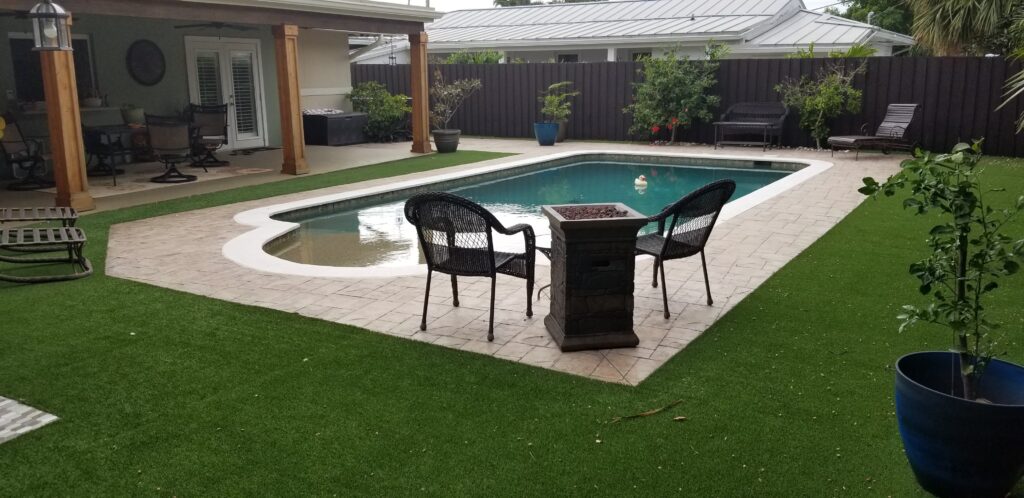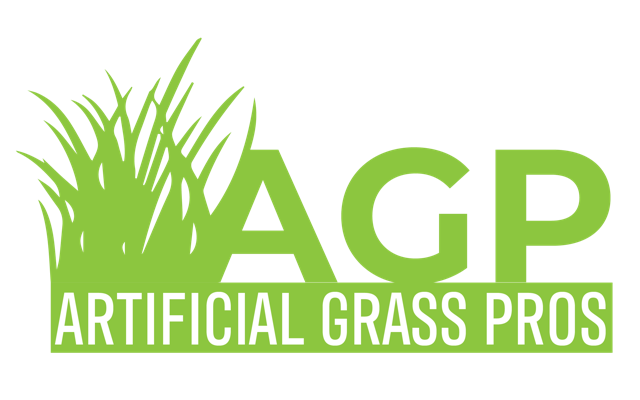Artificial turf installation has become increasingly popular among homeowners, businesses, and sports facilities. The appeal of a lush, green lawn that requires minimal maintenance is hard to resist. However, like any significant investment, synthetic turf has its advantages and disadvantages. In this blog post, we’ll explore the pros and cons to help you make an informed decision.
Pros of Synthetic Turf
One of the primary benefits of synthetic turf is its low maintenance requirements. Unlike natural grass, it doesn’t need mowing, watering, or fertilizing. This can save significant time and money, especially in areas prone to drought or with strict water regulations. Additionally, synthetic turf remains green and lush year-round, providing a consistent aesthetic appeal regardless of weather conditions.
Another advantage is its durability and longevity. Artificial grass is designed to withstand heavy use, making it ideal for sports fields, playgrounds, and high-traffic areas. It’s resistant to wear and tear, meaning it can last for many years with proper care. Moreover, it eliminates the problem of mud and uneven surfaces, ensuring a safer and more enjoyable playing environment.
Cons of Synthetic Turf
Despite its benefits, synthetic turf also has some downsides. One of the main concerns is the initial installation cost. Synthetic turf can be expensive to install compared to seeding or sodding natural grass. Additionally, while it requires less maintenance, it still needs some upkeep, such as brushing and occasional cleaning to remove debris and prevent odors.
Another significant drawback is the environmental impact. Synthetic turf is made from non-biodegradable materials, which can contribute to environmental waste. The production process also consumes energy and resources. Furthermore, synthetic turf can become very hot in direct sunlight, potentially causing discomfort or burns, especially for children and pets.
Making the Decision
When deciding whether to install synthetic turf, it’s essential to weigh these pros and cons based on your specific needs and circumstances. For those seeking a low-maintenance, aesthetically pleasing lawn that can withstand heavy use, synthetic turf might be a worthwhile investment. However, for those concerned about environmental impact and initial costs, natural grass might be the better option.
Conclusion
In conclusion, synthetic turf offers a range of benefits, including low maintenance, durability, and year-round greenery. However, it also has its drawbacks, such as high initial costs and environmental concerns. By carefully considering these factors, you can make an informed decision that best suits your lifestyle, budget, and values. Whether you choose synthetic turf or natural grass, the key is to find a solution that meets your needs and enhances your outdoor space.


Recent Comments